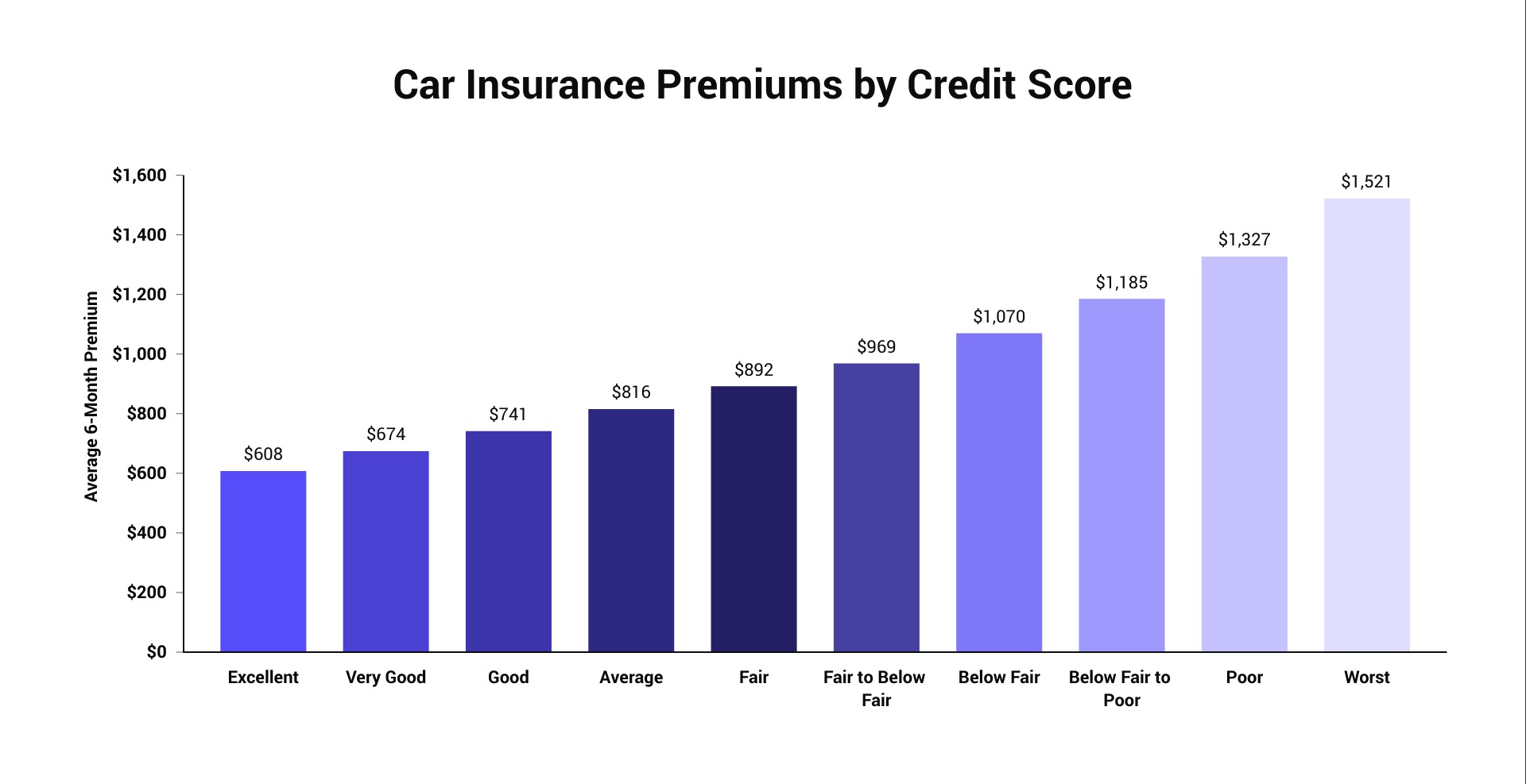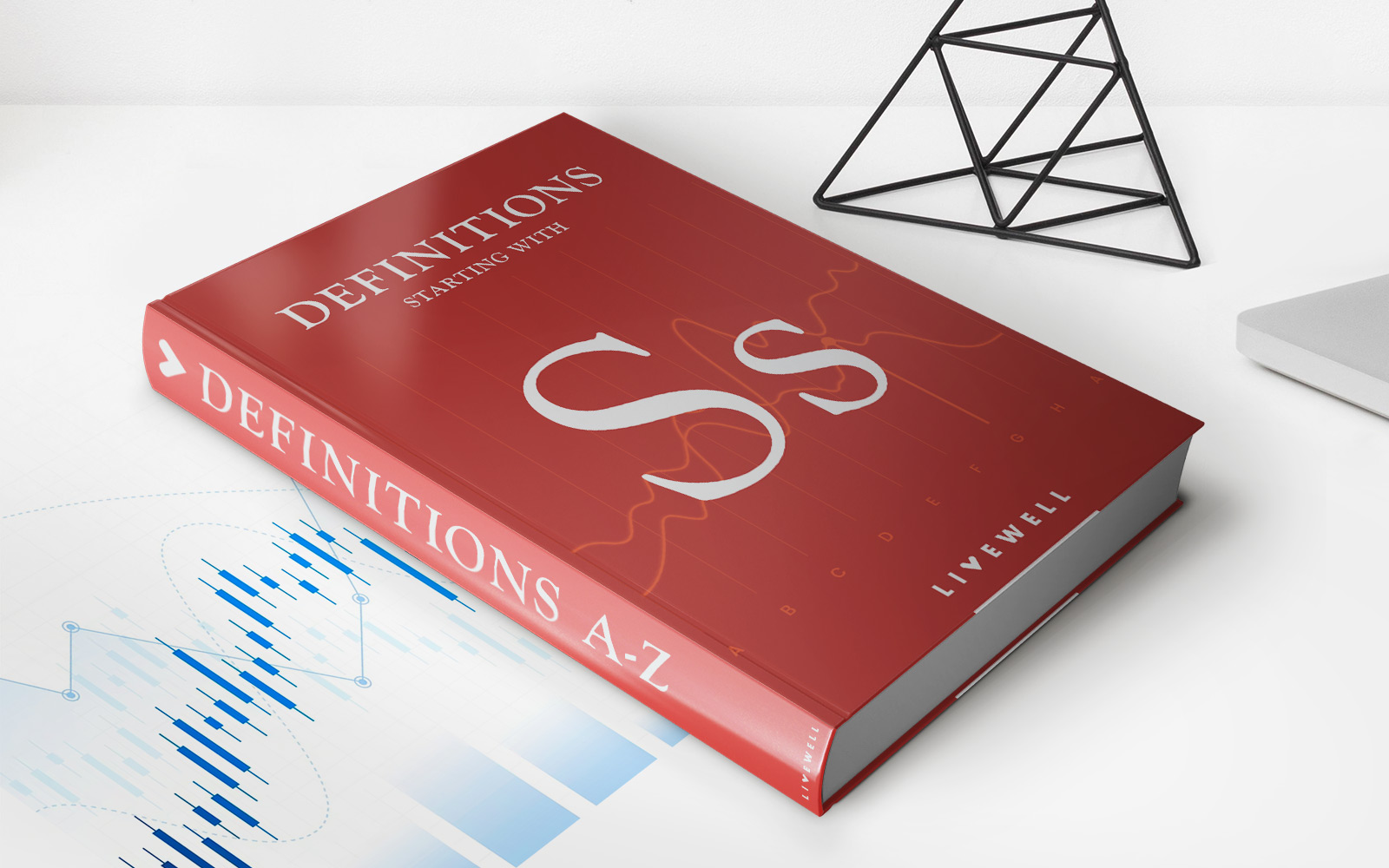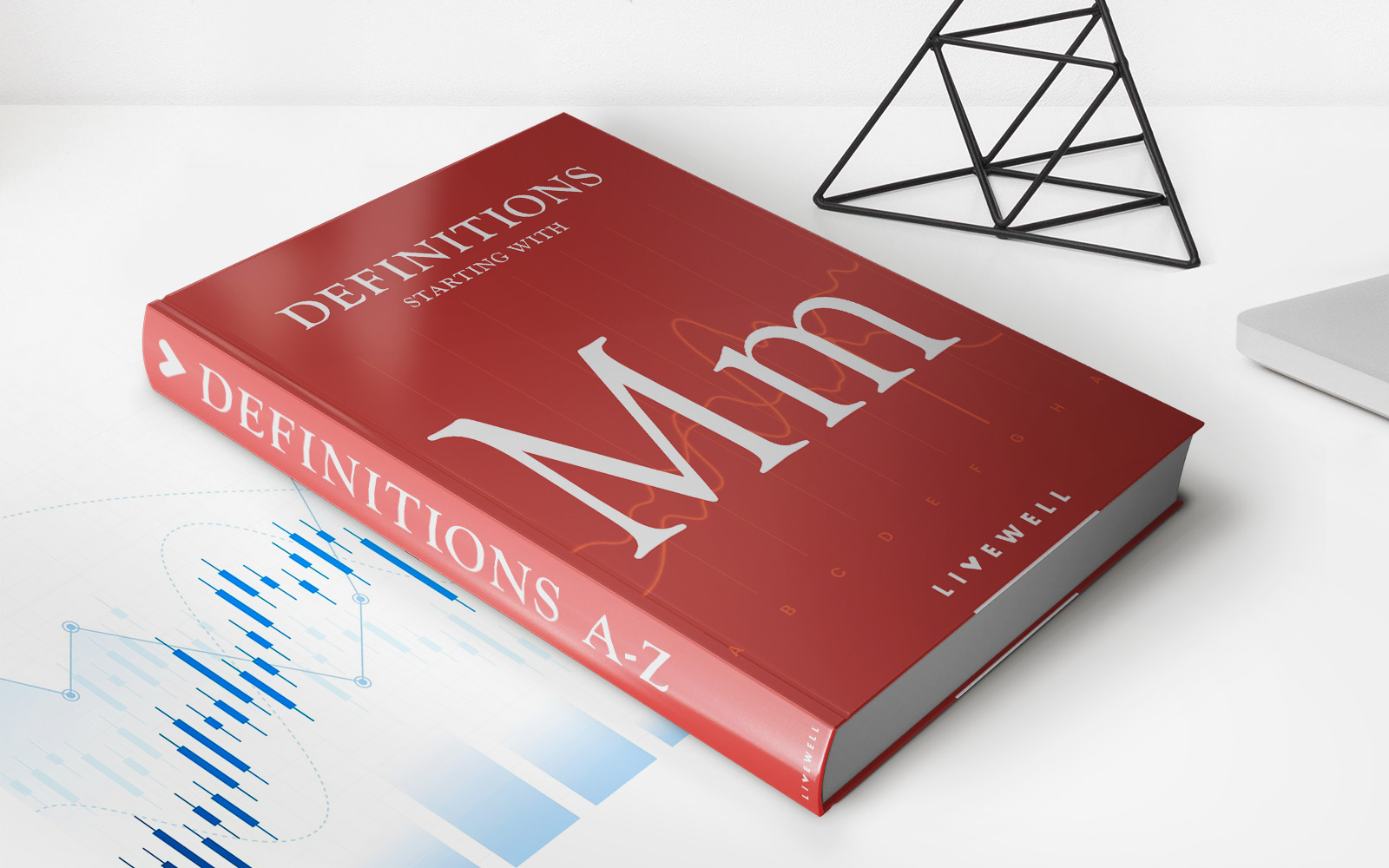

Finance
How Much Is Insurance For A 17-Year-Old?
Published: November 17, 2023
Discover the cost of insurance for a 17-year-old and get informed about financial options. Find out how to manage your finances and secure the best rates.
(Many of the links in this article redirect to a specific reviewed product. Your purchase of these products through affiliate links helps to generate commission for LiveWell, at no extra cost. Learn more)
Table of Contents
Introduction
Turning 17 is an exciting milestone for many teenagers as it brings newfound freedom and independence. However, it also comes with responsibilities such as obtaining car insurance if they plan to drive. Insurance for 17-year-olds can be quite costly due to several factors that are taken into consideration by insurance companies.
In this article, we will delve into the factors that affect insurance rates for 17-year-olds, the minimum insurance requirements, the different types of coverage available, average insurance costs, and ways to save on insurance for this age group.
As a 17-year-old, several factors contribute to why auto insurance can be expensive. One of the primary factors is the lack of driving experience. Teenagers at this age are relatively new to driving and are considered high-risk drivers by insurance providers. It is essential for insurance companies to assess the level of risk associated with insuring a 17-year-old driver, as statistics indicate that teen drivers are more prone to accidents than any other age group. This statistical data plays a significant role in determining insurance rates.
Additionally, 17-year-olds may be more likely to engage in risky behavior while driving, such as speeding or distracted driving. Insurance companies take these factors into consideration when assessing the risk associated with insuring a teenager. Another important factor is the type of vehicle being insured. Certain vehicles, such as high-performance cars or SUVs, may come with higher insurance premiums due to their increased risk of accidents or theft.
Now that we have a better understanding of why insurance rates for 17-year-olds can be high, let’s explore the minimum insurance requirements that must be met. These requirements vary by state, so it is crucial to be aware of the specific regulations in your region.
Factors Affecting Insurance Rates for 17-Year-Olds
When determining insurance rates for 17-year-olds, insurance companies take several factors into consideration. These factors help assess the level of risk associated with insuring a teenager, and ultimately, influence the cost of their insurance premiums. Here are some key factors that can affect insurance rates for 17-year-olds:
- Driving Experience: Lack of driving experience is a significant factor in determining insurance rates for 17-year-olds. Teenagers at this age are relatively new to driving and have less experience on the road compared to older, more seasoned drivers. Insurance providers consider this lack of experience as a higher risk factor for accidents.
- Driving Record: A clean driving record is crucial in keeping insurance rates affordable. However, 17-year-olds may have limited driving history, which means insurance providers have less data to evaluate their driving habits. Any past traffic violations or accidents can significantly impact the insurance rates for a 17-year-old driver.
- Location: The location where a 17-year-old lives can also influence insurance rates. Urban areas typically have higher rates due to increased traffic congestion and a higher likelihood of accidents. Other factors such as crime rates and the prevalence of vehicle theft in the area can also affect insurance premiums.
- Vehicle Type: The type of vehicle a 17-year-old wishes to insure plays a significant role in determining insurance rates. Certain cars, especially high-performance vehicles, tend to have higher insurance premiums due to their increased risk of accidents and the potential for costly repairs. It is advisable for 17-year-olds to consider a vehicle with good safety ratings and lower insurance costs.
- Insurance History: Although 17-year-olds are new to the world of car insurance, insurance providers may take into account any insurance history, such as being listed as a secondary driver on a parent’s policy. Having a history of continuous coverage can potentially result in lower insurance rates for 17-year-olds.
It’s important to remember that each insurance provider may prioritize these factors differently, so it is advisable to shop around and compare quotes from different companies to find the most suitable and affordable coverage for a 17-year-old driver.
Minimum Insurance Requirements for 17-Year-Olds
As a 17-year-old, if you plan to drive, it is crucial to understand and comply with the minimum insurance requirements set by your state’s law. These requirements ensure that you have the necessary coverage to protect yourself and others in the event of an accident. While minimum requirements can vary from state to state, they generally include the following types of coverage:
- Liability Coverage: Liability insurance is mandatory in almost all states. It covers injuries or damages to other people and their property if you are at fault in an accident. The minimum liability coverage typically consists of two limits: bodily injury liability (for each person injured) and property damage liability (for property damage caused). It is important to note that the minimum required liability coverage might not be enough to provide adequate protection, so you may want to consider higher limits for better financial security.
- Personal Injury Protection (PIP) or Medical Payments Coverage: Some states require personal injury protection (PIP) or medical payments coverage. PIP coverage helps pay for medical expenses, lost wages, and other related costs for you and your passengers, regardless of who is at fault in an accident. Medical payments coverage provides similar benefits but only covers medical expenses.
- Uninsured/Underinsured Motorist Coverage: This coverage is designed to protect you if you are involved in an accident with a driver who either doesn’t have insurance or doesn’t have enough insurance coverage to fully compensate you for your injuries and damages. While not all states require this coverage, it is highly recommended to add this protection to your policy for added peace of mind.
It’s important to note that these are the minimum insurance requirements, and it’s generally a good idea to consider additional coverage options to protect yourself further. Optional coverages such as collision coverage (for damage to your vehicle) and comprehensive coverage (for non-collision-related damages such as theft or natural disasters) can provide added financial protection in various situations.
Remember to check with your state’s insurance regulatory agency or consult with an insurance professional to ensure that you meet the specific minimum insurance requirements for 17-year-olds in your state.
Types of Insurance Coverage Available for 17-Year-Olds
When it comes to insuring a 17-year-old driver, there are various types of insurance coverage options available. Understanding these coverage options can help you make informed decisions when selecting the right policy for your needs. Here are some common types of insurance coverage available for 17-year-olds:
- Liability Insurance: Liability insurance is the minimum required coverage in almost all states. It provides financial protection if you are at fault in an accident and covers the injuries and property damage of the other party involved. This coverage helps protect your assets in case you are sued for damages.
- Collision Coverage: Collision coverage helps cover the cost of repairing or replacing your vehicle if you are involved in a collision, regardless of fault. This coverage is particularly important for new or expensive vehicles. Keep in mind that collision coverage typically comes with a deductible that you would need to pay out of pocket before the insurance starts to cover the remaining costs.
- Comprehensive Coverage: Comprehensive coverage provides protection for your vehicle against non-collision-related damages, such as theft, vandalism, fire, natural disasters, or hitting an animal. Like collision coverage, comprehensive coverage usually has a deductible that you are responsible for paying before the insurance coverage applies.
- Uninsured/Underinsured Motorist Coverage: Uninsured/underinsured motorist coverage helps protect you if you are involved in an accident with a driver who either doesn’t have insurance or doesn’t have enough insurance to cover your injuries and damages fully. This coverage can help compensate for medical expenses, lost wages, and other damages that you might incur.
- Personal Injury Protection (PIP) or Medical Payments Coverage: Personal injury protection (PIP) or medical payments coverage helps cover medical expenses, lost wages, and other related costs if you or your passengers are injured in an accident, regardless of fault. This coverage can be particularly useful in covering medical bills and other immediate expenses.
- Additional Options: Depending on your needs and budget, there may be additional coverage options available, such as roadside assistance, rental car reimbursement, or gap coverage (which covers the difference between the actual cash value of your vehicle and the amount you still owe on a loan or lease).
Each of these coverage options comes with its own costs and benefits. It’s important to carefully evaluate your needs and consult with an insurance professional to determine the types and amounts of coverage that are best suited for your situation.
Average Insurance Costs for 17-Year-Olds
Insurance costs for 17-year-olds can be significantly higher compared to other age groups. As mentioned earlier, insurance providers consider teenagers at this age as high-risk drivers due to their lack of experience and higher likelihood of engaging in risky behavior on the road. However, it’s important to note that the actual cost of insurance can vary based on several factors, including location, driving record, type of vehicle, and coverage options chosen.
On average, 17-year-olds can expect to pay anywhere from $3,000 to $7,000 per year for car insurance. However, these estimates are just rough averages, and individual rates can be higher or lower depending on the specific circumstances.
The location where a 17-year-old resides plays a significant role in determining insurance costs. Urban areas, with more traffic and higher rates of accidents, tend to have higher insurance premiums compared to rural areas. In addition, your driving record will also impact insurance costs. If you have any traffic violations or accidents on your record, your insurance rates will likely be higher.
The type of vehicle you drive is another important factor in determining insurance costs. Sports cars and high-performance vehicles generally come with higher insurance premiums due to their increased risk of accidents and costly repairs. On the other hand, choosing a vehicle with good safety ratings and advanced safety features may help lower insurance costs for 17-year-olds.
Lastly, the coverage options you choose will also affect your insurance costs. Opting for higher coverage limits, additional coverage options, or lower deductibles will likely result in higher premiums.
It’s important to note that these estimates are just averages, and individual insurance rates can vary significantly. The best way to determine the precise cost of insurance for a 17-year-old is to request quotes from multiple insurance providers and compare them. This will help you find the most affordable and suitable policy for your needs.
Ways to Save on Insurance for 17-Year-Olds
While insurance costs for 17-year-olds can be high, there are several strategies that can help save money on car insurance premiums. Here are some effective ways to reduce insurance costs for 17-year-olds:
- Good Student Discount: Many insurance providers offer discounts to students who maintain good grades. If you are a 17-year-old student with a GPA of 3.0 or higher, you may qualify for this discount. Providing proof of your academic performance can help lower your insurance premiums.
- Driver’s Education Courses: Completing a driver’s education course or defensive driving course can demonstrate your commitment to safe driving and may result in a discount from insurance providers. These courses often cover relevant topics such as traffic laws, defensive driving techniques, and the dangers of distracted driving.
- Add to Family Policy: Instead of purchasing a separate insurance policy, consider being added to your family’s existing auto insurance policy. This may be more cost-effective as family policies often offer multi-car discounts and other benefits that can help reduce the overall insurance costs.
- Choose a Safe and Practical Vehicle: The type of vehicle you drive has a significant impact on insurance costs. Choosing a safe and practical vehicle with good safety ratings and lower theft rates can help reduce insurance premiums. Avoid high-performance cars or sports cars that are associated with higher insurance premiums.
- Look for Discounts: In addition to good student discounts and driver’s education discounts, there may be other available discounts worth exploring. These can include discounts for low mileage, installing anti-theft devices, or bundling insurance policies with the same provider.
- Drive Safely: Maintaining a clean driving record is key to keeping insurance costs down. Avoiding traffic violations and accidents is not only important for your safety but also helps in avoiding any premium surcharges associated with having a less-than-perfect driving record.
- Compare Insurance Quotes: Insurance rates can vary significantly between different providers. Take the time to shop around and compare quotes from multiple insurance companies. This will help you find the best coverage at the most affordable price.
It’s essential to discuss these options with an insurance agent or broker who can guide you through the process and help you find the best ways to save on insurance for a 17-year-old driver. Remember, with responsible driving and taking advantage of available discounts, you can significantly reduce the cost of car insurance for a 17-year-old.
Conclusion
Insuring a 17-year-old driver can be a significant financial commitment due to the higher insurance rates associated with this age group. However, understanding the factors that affect insurance rates, knowing the minimum insurance requirements, and exploring the available coverage options can help navigate the insurance landscape more effectively.
Factors such as driving experience, driving record, location, and vehicle type all play a role in determining insurance rates for 17-year-olds. It’s important to consider these factors when seeking insurance coverage to ensure adequate protection at a reasonable cost.
Meeting the minimum insurance requirements set by your state is crucial. Liability coverage, personal injury protection, and uninsured/underinsured motorist coverage are common types of coverage that 17-year-olds should consider. Additionally, exploring additional coverage options such as collision coverage and comprehensive coverage can provide added financial protection.
While insurance costs for 17-year-olds can be high, there are ways to save money. Taking advantage of discounts such as good student discounts, completing driver’s education courses, and being added to a family policy can help reduce premiums. Choosing a safe and practical vehicle, driving safely, and comparing quotes from multiple insurance providers are also effective strategies for saving on insurance costs.
Remember, the cost of insurance can vary depending on individual circumstances, such as location, driving record, and coverage options chosen. It’s important to evaluate your specific needs and budget, and to consult with an insurance professional to find the most suitable and affordable coverage for your 17-year-old driver.
By considering these factors and taking proactive steps to save on insurance costs, you can provide your 17-year-old driver with the necessary coverage and financial protection while reducing the burden on your wallet.














